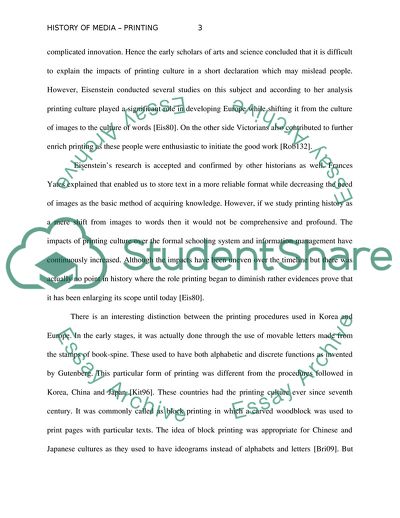Cite this document
(Printing Culture Case Study Example | Topics and Well Written Essays - 1500 words, n.d.)
Printing Culture Case Study Example | Topics and Well Written Essays - 1500 words. https://studentshare.org/media/1842019-history-of-media-printing
Printing Culture Case Study Example | Topics and Well Written Essays - 1500 words. https://studentshare.org/media/1842019-history-of-media-printing
(Printing Culture Case Study Example | Topics and Well Written Essays - 1500 Words)
Printing Culture Case Study Example | Topics and Well Written Essays - 1500 Words. https://studentshare.org/media/1842019-history-of-media-printing.
Printing Culture Case Study Example | Topics and Well Written Essays - 1500 Words. https://studentshare.org/media/1842019-history-of-media-printing.
“Printing Culture Case Study Example | Topics and Well Written Essays - 1500 Words”. https://studentshare.org/media/1842019-history-of-media-printing.


